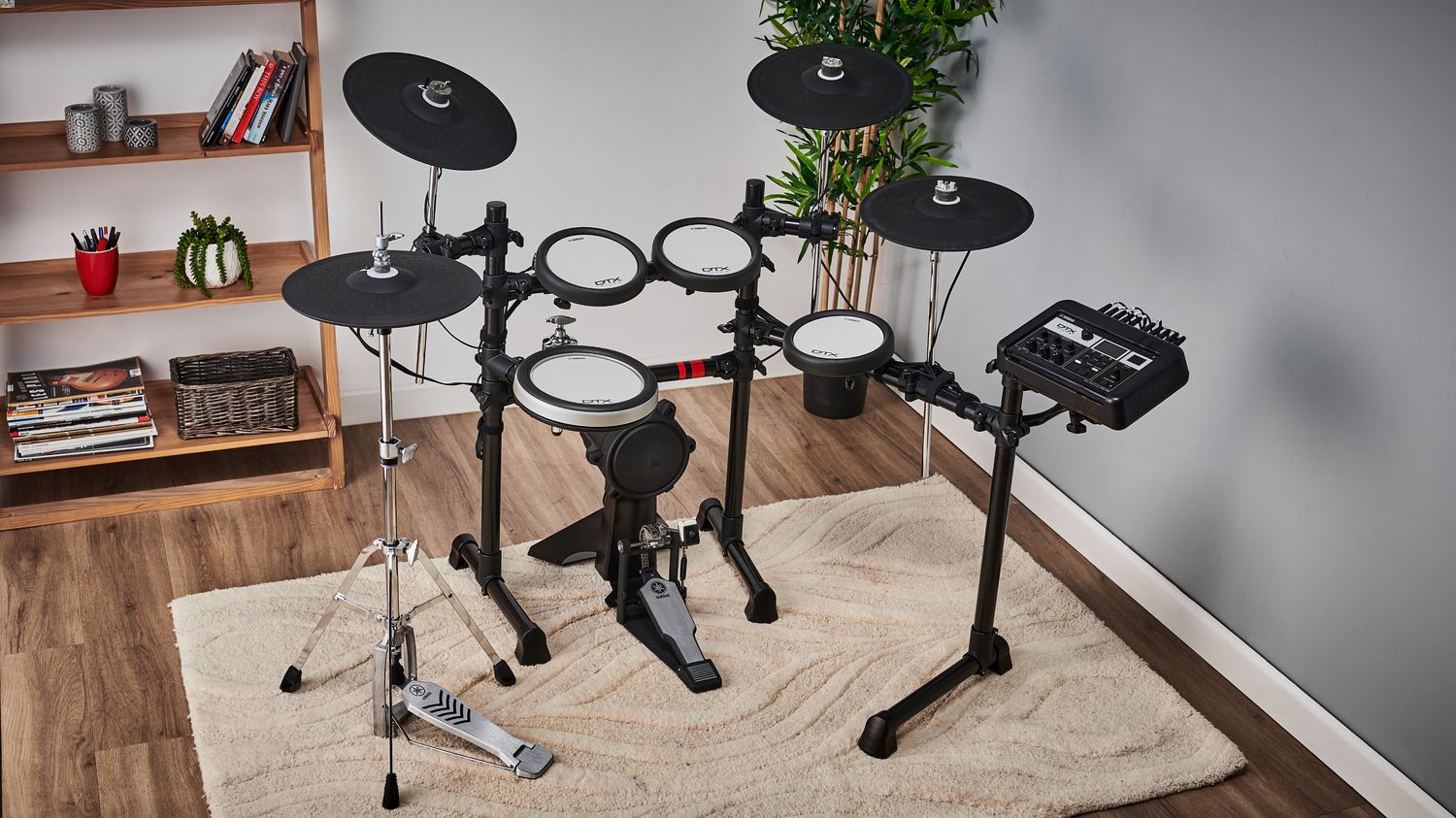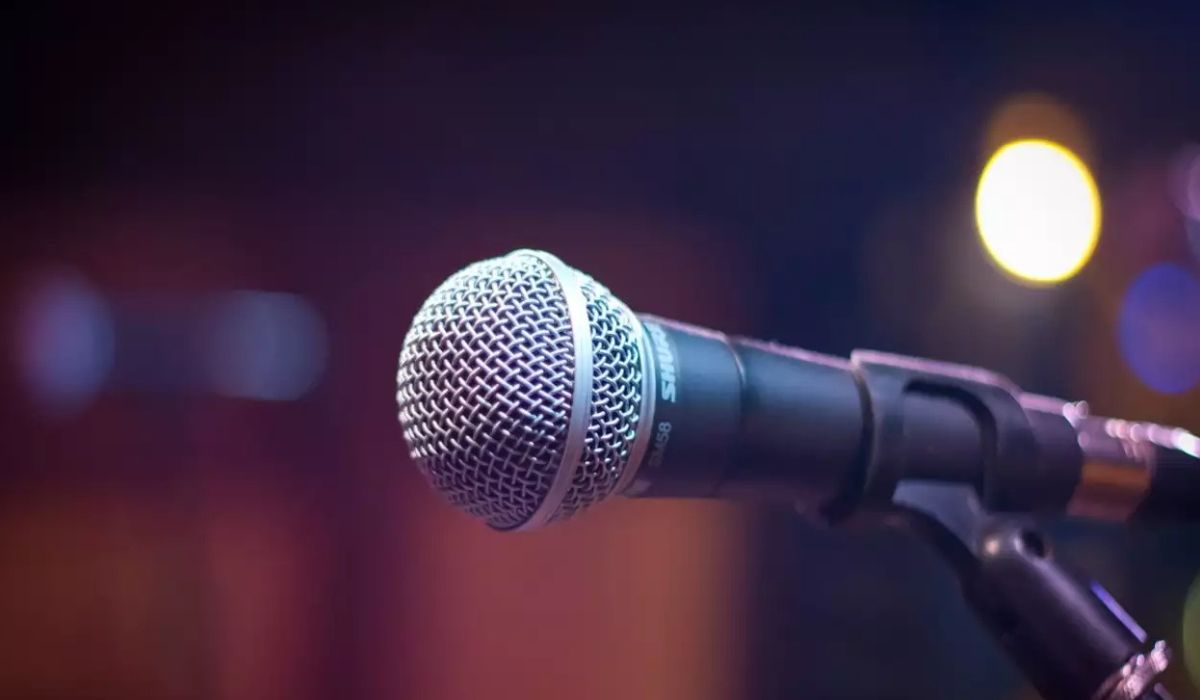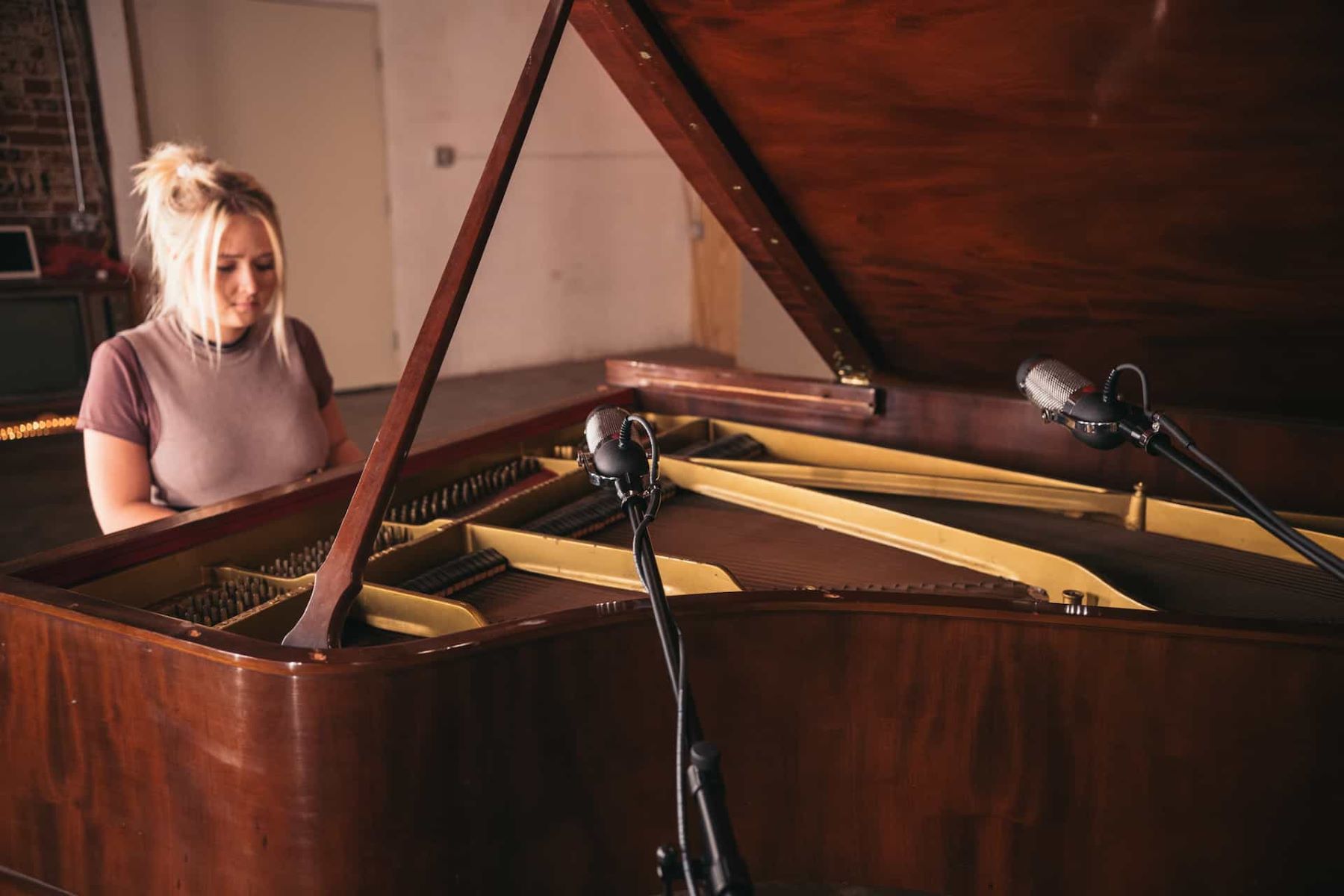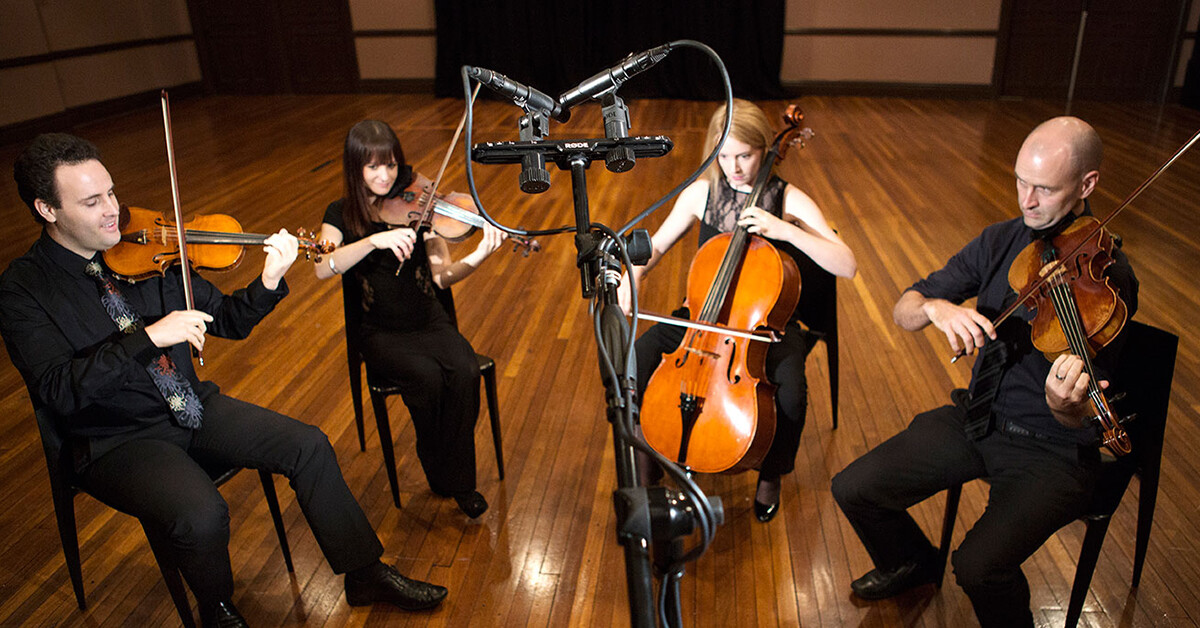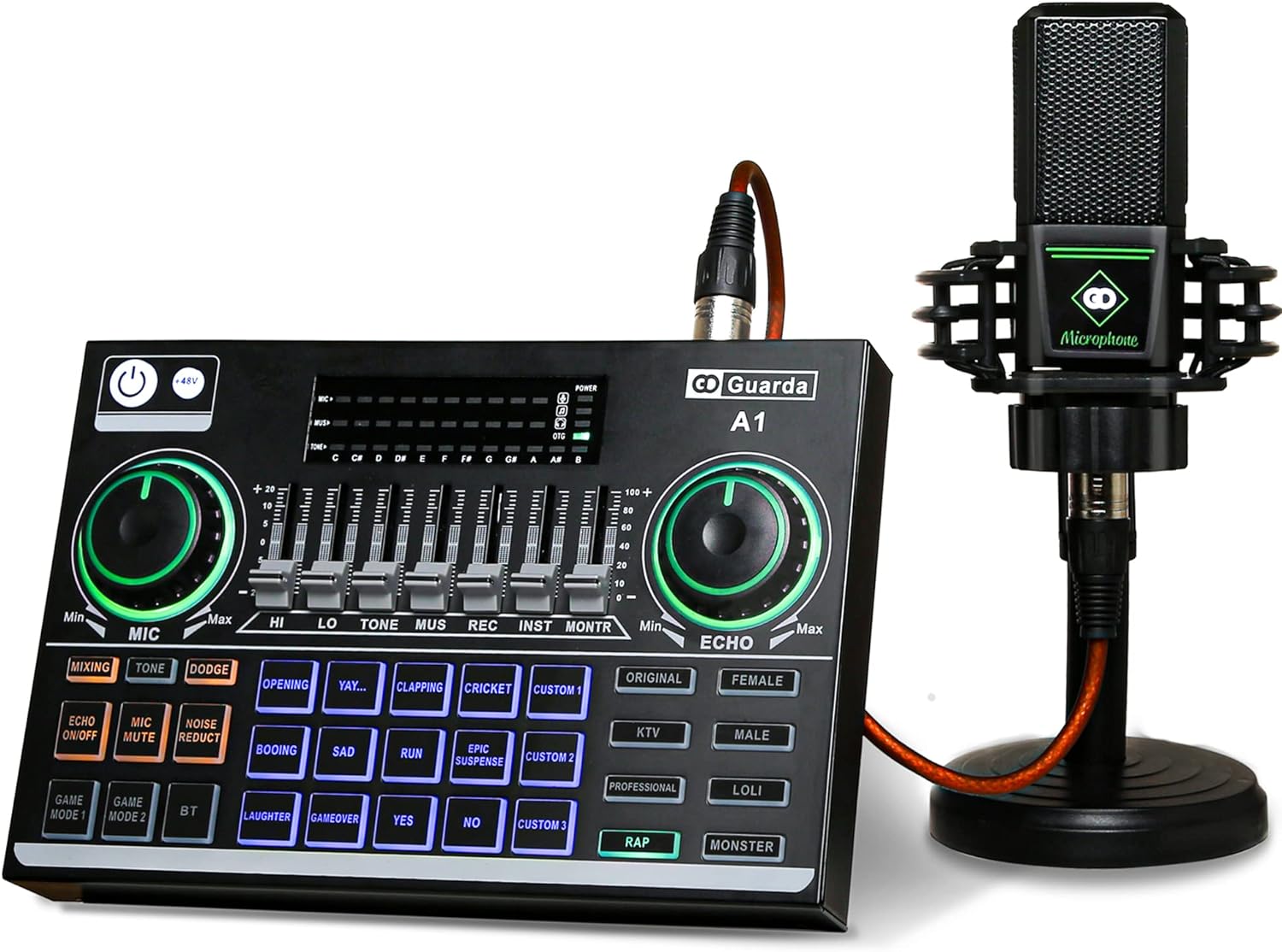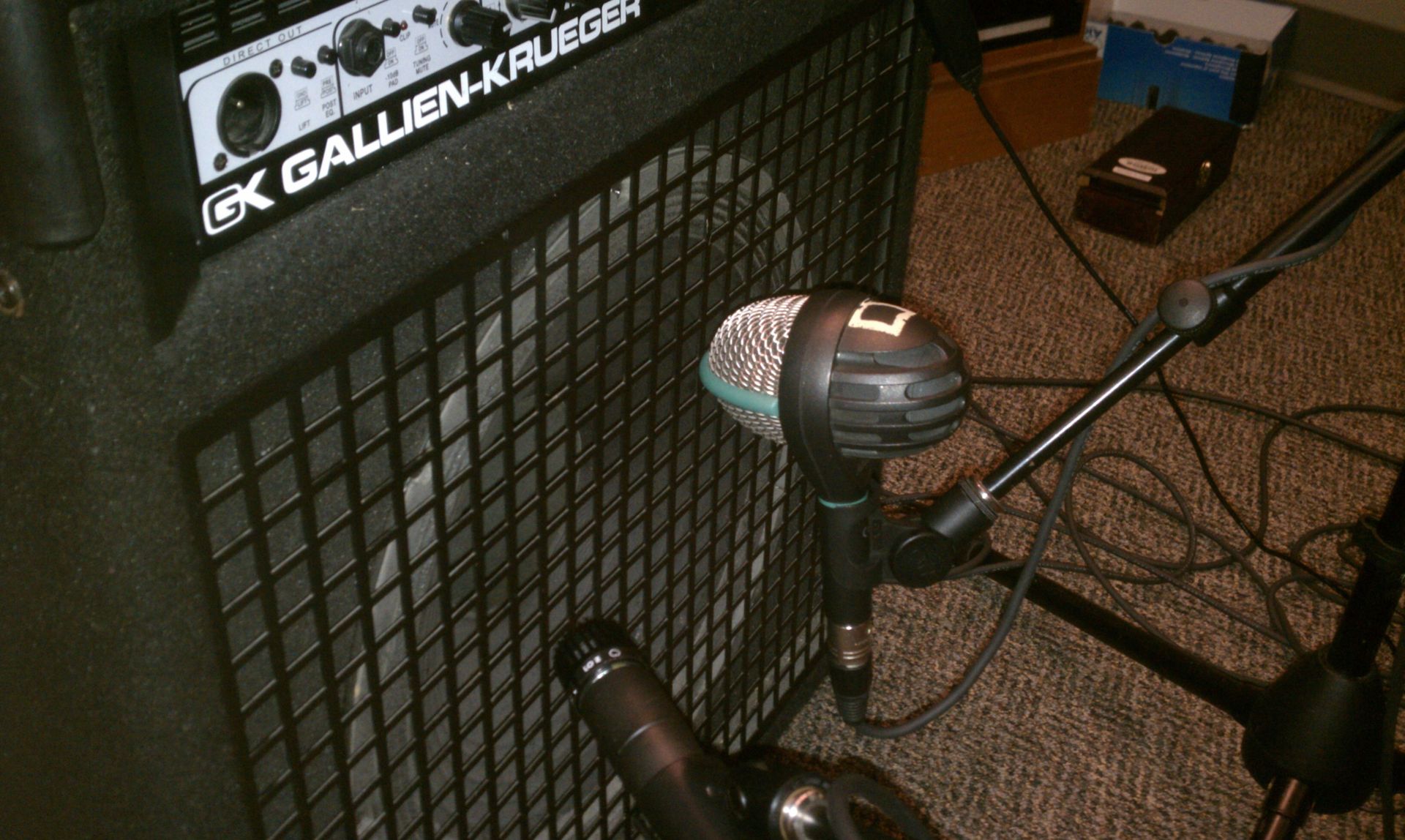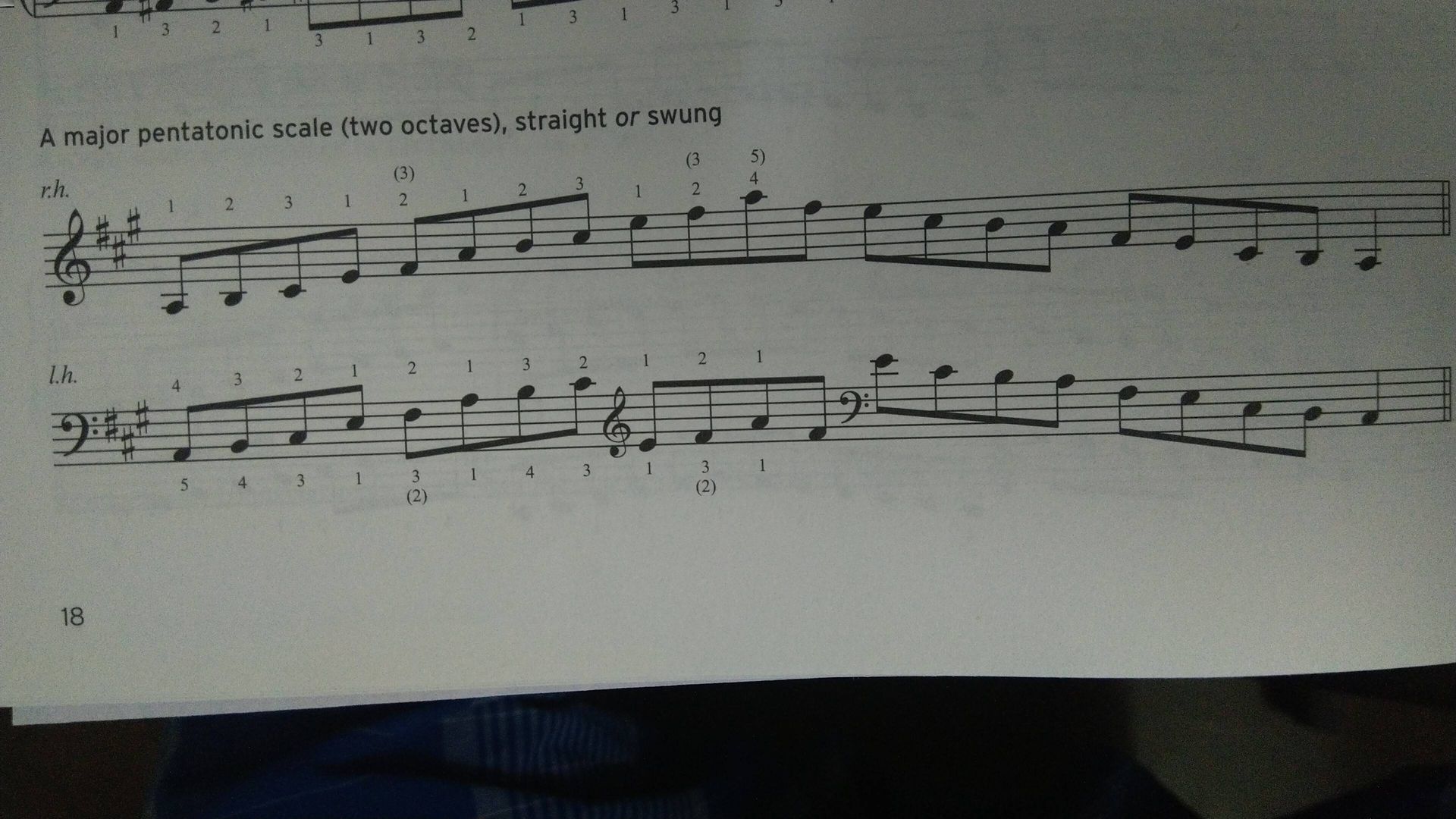Home>Instruments>Drums>How To Record Drums With 1 Mic
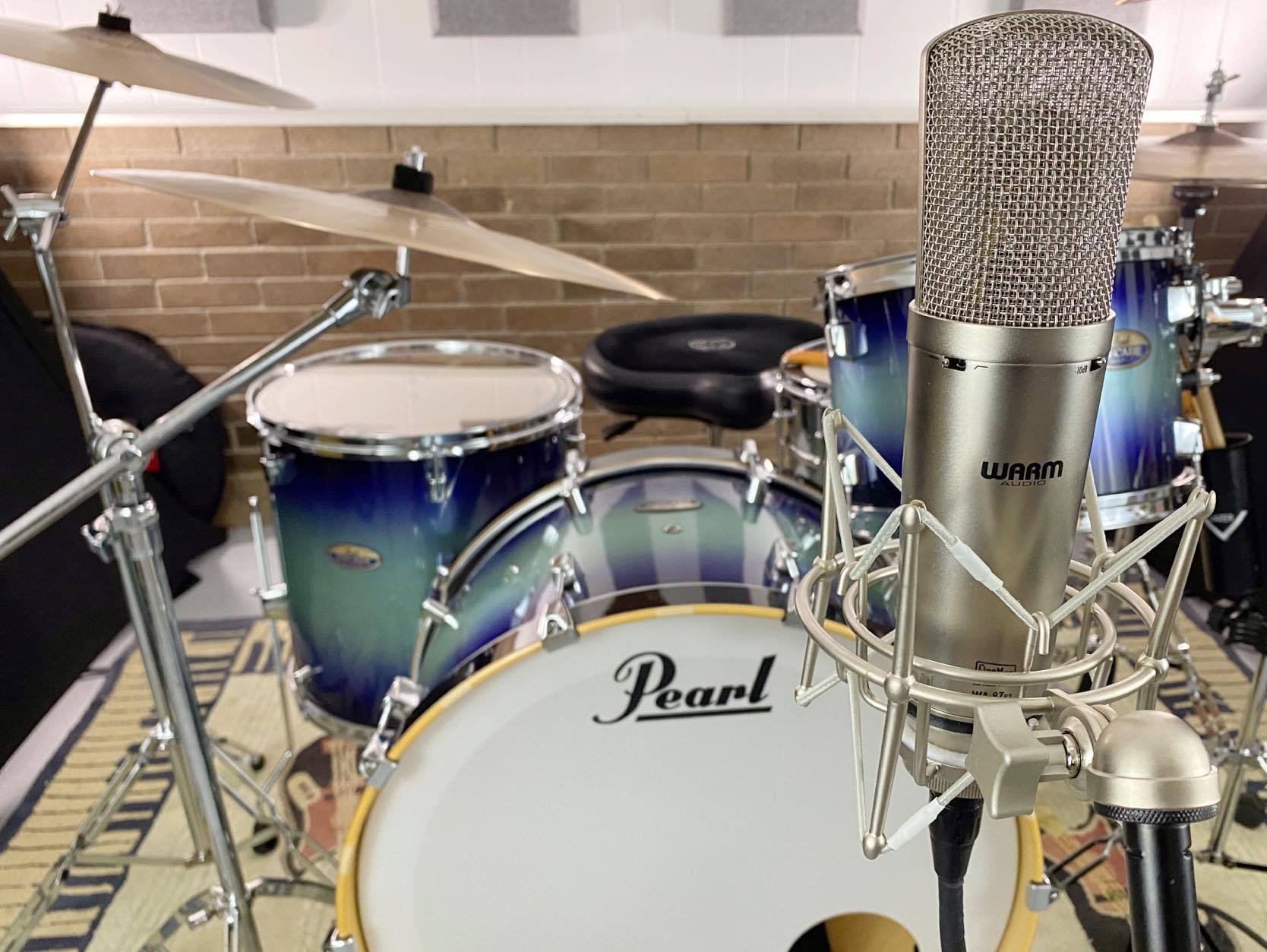

Drums
How To Record Drums With 1 Mic
Published: February 7, 2024
Learn how to capture the full sound of drums using just one microphone. Get expert tips for recording drums effectively. Discover the best techniques for capturing the perfect drum sound.
(Many of the links in this article redirect to a specific reviewed product. Your purchase of these products through affiliate links helps to generate commission for AudioLover.com, at no extra cost. Learn more)
Table of Contents
Introduction
Recording drums can be a daunting task, especially if you're working with limited equipment. However, with the right techniques and a bit of creativity, it's possible to capture impressive drum sounds using just one microphone. While it may seem unconventional, recording drums with a single mic can yield surprisingly good results when executed skillfully.
In this article, we'll delve into the art of recording drums with one mic, exploring the techniques and considerations that can help you achieve a professional sound with minimal resources. Whether you're a home recording enthusiast or a musician looking to capture live drum performances, understanding how to maximize the potential of a single microphone can be a game-changer.
By the end of this guide, you'll have a solid grasp of the principles behind recording drums with one mic, as well as practical tips to elevate your recordings to the next level. So, let's dive in and uncover the secrets of harnessing the power of a single mic to capture the thunderous energy and nuanced dynamics of drum performances.
Understanding the Role of a Single Mic
When it comes to recording drums with a single microphone, it’s crucial to comprehend the unique role that the mic plays in capturing the diverse elements of the drum kit. Unlike multi-mic setups that allow for individual miking of various drum components, a single mic must effectively capture the entire kit’s sonic landscape in a unified manner.
With a single mic setup, the microphone serves as the ears of the listener, translating the complex blend of drum sounds into a monaural signal. This means that the positioning and characteristics of the mic significantly influence the overall sound that is captured. Understanding the sonic characteristics of the microphone is essential in leveraging its strengths and compensating for any limitations.
Moreover, the single mic approach requires a holistic understanding of drum kit balance and the interplay between different drum elements. The mic must capture the punch of the kick drum, the resonance of the toms, the sizzle of the cymbals, and the overall ambience of the kit while maintaining a cohesive and balanced representation of the performance.
By recognizing the pivotal role of the single mic as the sole auditory lens for the entire drum kit, you can begin to appreciate the intricacies involved in maximizing its potential to faithfully reproduce the energy and nuances of a live drum performance.
Setting Up Your Mic
Before diving into the recording process, it’s essential to ensure that your single microphone is optimally set up to capture the full spectrum of drum sounds. Selecting the right microphone for the task is the first step in this process. Dynamic microphones, such as the Shure SM57 or the Sennheiser MD 421, are popular choices for recording drums due to their durability and ability to handle high sound pressure levels.
Once you’ve chosen your microphone, positioning it correctly is paramount. Placing the mic at a suitable distance from the drum kit is crucial for achieving a balanced and natural sound. A general starting point is to position the mic approximately three to four feet in front of the kit, at a height that aligns with the drummer’s chest level. This placement allows the mic to capture an overall representation of the drum kit while minimizing excessive proximity effect and potential phase issues.
When positioning the mic, consider the drummer’s perspective and aim to capture the sound as they would hear it. Experiment with slight adjustments in mic placement to find the sweet spot that captures the desired balance of individual drum elements and the overall kit ambience.
Furthermore, it’s important to pay attention to the directionality of the microphone. For instance, if using a cardioid microphone, ensure that the rear of the mic is facing away from any unwanted sound sources, such as amplifiers or reflective surfaces, to minimize potential phase cancellations and unwanted reflections.
Lastly, securing the microphone in a stable position, either on a stand or a boom arm, is essential to avoid any unwanted movement or vibrations during the recording process. By meticulously setting up your single microphone, you lay the groundwork for capturing a cohesive and well-balanced representation of the drum kit’s sonic palette.
Placing the Mic for Optimal Sound
When recording drums with a single mic, the placement of the microphone plays a pivotal role in capturing the desired sound characteristics and overall balance of the drum kit. To achieve optimal sound, it’s essential to consider the following factors when positioning the mic:
- Height and Distance: Position the mic at a height that aligns with the drummer’s chest level, allowing it to capture a balanced representation of the entire kit. Additionally, maintaining a suitable distance of approximately three to four feet from the kit helps to capture the overall sound while minimizing potential proximity effect and phase issues.
- Angle and Orientation: Experiment with angling the mic to capture the desired balance of individual drum elements and the overall kit ambience. Slight adjustments in the mic’s orientation can significantly impact the captured sound, so take the time to find the optimal angle that best represents the drum kit’s sonic characteristics.
- Focused Placement: Direct the mic towards the center of the drum kit to capture a balanced representation of the kick drum, snare, toms, and cymbals. While the mic may not capture each drum component with pinpoint precision, a focused placement aims to achieve a cohesive blend of the kit’s elements.
- Room Acoustics: Consider the room’s acoustics and the potential for natural reverberation. Experiment with mic placement to leverage the room’s ambience, ensuring that the captured sound reflects the desired level of spaciousness and depth.
It’s important to approach mic placement as a dynamic and iterative process. Take the time to listen to test recordings and make incremental adjustments to the mic’s position, angle, and orientation. By actively engaging with the sound and being receptive to the nuances of the drum performance, you can refine the mic placement to capture the optimal sonic representation of the kit.
Ultimately, the goal of mic placement is to capture a balanced and cohesive representation of the drum kit’s sonic palette, leveraging the single microphone to encapsulate the energy and nuances of the performance in a unified manner.
Tips for Recording Drums with 1 Mic
Recording drums with a single microphone presents unique challenges and opportunities. To maximize the potential of this approach and capture compelling drum sounds, consider the following tips:
- Experiment with Mic Placement: Don’t hesitate to experiment with different mic positions and orientations. Small adjustments can yield significant changes in the captured sound, allowing you to find the optimal placement that best represents the drum kit’s sonic characteristics.
- Focus on Balanced Performance: Encourage the drummer to maintain a balanced performance, ensuring consistent dynamics across the drum kit. This helps in achieving a well-rounded and cohesive sound that translates effectively through the single microphone.
- Utilize Drum Tuning: Prior to recording, invest time in tuning the drums to achieve a balanced and harmonious sound. Well-tuned drums contribute to a more pleasant and controlled sonic output, enhancing the quality of the recorded performance.
- Embrace the Room’s Ambience: Leverage the natural ambience of the recording space. Experiment with mic placement to capture the room’s acoustics, adding depth and spaciousness to the recorded drum sound.
- Consider Dynamic Mic Techniques: Explore dynamic mic techniques, such as varying the distance from the kit during different sections of the performance. This can introduce natural dynamics and variation to the recorded sound, enhancing its depth and dimension.
- Monitor and Adjust Continuously: Throughout the recording process, actively monitor the captured sound and make real-time adjustments as necessary. This hands-on approach allows you to fine-tune the mic placement and optimize the recorded sound quality.
- Emphasize Performance Dynamics: Encourage the drummer to emphasize dynamics during the performance, ranging from subtle ghost notes to powerful accents. This dynamic range adds depth and expressiveness to the recorded drum sound, enhancing its overall impact.
By incorporating these tips into your approach to recording drums with a single microphone, you can unlock the potential to capture captivating and dynamic drum performances, elevating the sonic impact of your recordings.
Conclusion
Recording drums with a single microphone is a testament to the artistry and resourcefulness of sound capture. While it may seem challenging, this approach offers a unique opportunity to hone your recording skills and craft compelling drum sounds with limited resources. By understanding the pivotal role of the single mic and implementing strategic techniques, you can achieve impressive results that showcase the energy and nuances of a live drum performance.
Throughout this guide, we’ve explored the fundamental principles of recording drums with one mic, emphasizing the importance of mic selection, setup, and placement. By recognizing the mic as the sole auditory lens for the entire drum kit, you gain insight into the intricacies involved in maximizing its potential to faithfully reproduce the diverse elements of the performance.
Furthermore, the tips provided offer valuable guidance for navigating the challenges of recording drums with a single microphone. From mic placement experimentation to leveraging the room’s ambience, these insights empower you to capture dynamic and engaging drum performances while embracing the inherent limitations of a single mic setup.
Ultimately, recording drums with one mic is a testament to the art of capturing sound in its purest form. It encourages a holistic understanding of drum kit balance, performance dynamics, and the interplay between the drummer, the kit, and the recording environment. By embracing this approach with creativity and intention, you can elevate your drum recordings and showcase the full spectrum of the instrument’s sonic capabilities.
So, whether you’re embarking on a home recording project or seeking to capture the raw energy of a live drum performance, remember that the power to capture compelling drum sounds lies within your hands, or rather, within the grasp of that single microphone.



